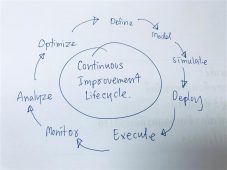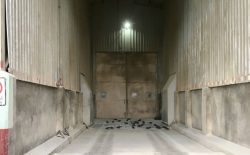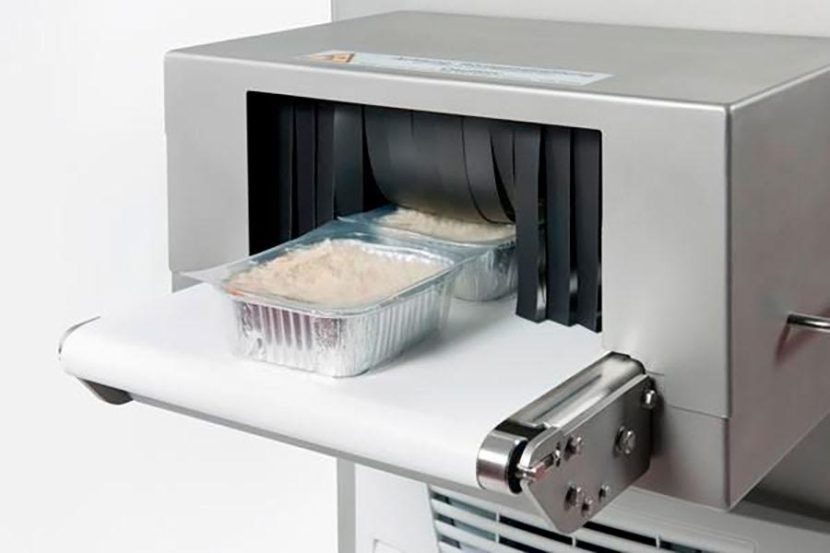Audits and Auditing: Are You Preparing for Improvement?
By Yuksel Eyyuboglu
Part of the magic of a food safety audit is that it reveals powerful information about dealing with a worst-case-scenario situation while the stakes are still quite low: in one situation, a review of an internal emergency plan presented a scenario based on a power failure. It didn’t take long for the facility team to realize that there was not even one flashlight in a building where there were no windows. This was easy to fix.
The goal of auditing is to control risks and ensure conformance to important standards and/or regulations. Third-party auditors represent a Certification Body (CB) and all parties are bound by a series of agreements, contracts, and standards (e.g. ISO 17065 & ISO 17021). Accreditation Bodies (ABs) monitor and audit the Certification Body. In this sense, the sites and CBs are like Olympic competitors: they must follow the standards all the time, every time and their performance is judged on one day only. If the site or the CB can succeed while keeping all of its certificates or accreditations intact, and keeping all (or the majority) of its customers happy, it deserves all the medals available in the category.
“Auditing is methodical, and an auditor always verifies information.”
How an Audit Works:
Prior to an audit, an Audit Plan is sent to the auditee indicating the areas of focus and timelines involved so the auditee can make any necessary preparations. The GFSI-recognized schemes and certification standards may require announced or unannounced audits. Most re-certification audits occur annually, and cover the entire “Standard.”
An auditor has three main tools of the trade at his or her disposal:
- Review documents and sample records
- Speak to (interview) key personnel and
- Make observations on the floor.
Information is recorded for proof of conformity and the variances are recorded for potential non-conformity.
Highlights of an Audit
Auditors rely on the checklists of the GFSI-recognized schemes and certification standards. “Process Auditing” is a term used to assess the components of systems, such as those involved in a Traceability Exercise. Process Auditing can also be applied to HACCP Plan audits.
HACCP is one of the most powerful tools available, but unfortunately its use at manufacturing sites is often adequate at best and it is rarely used to its full capacity. HACCP has an enormous potential to address the most challenging food manufacturing issues, whether they relate to the premises, the processes, or the products. But it must be expertly implemented and maintained by a team, (internal and/or external), via brainstorming and with all participants agreeing they won’t hold back on even a single issue.
Auditing is methodical, and we always verify information and never “trust” that a certain task may have been done. For example, the list of instruments or scales at a plant doesn’t always match the instruments that have actually been serviced.
After the Audit
After an audit, there is a closing meeting to communicate the audit findings to senior management and the supervisors of the audited areas. And in case you had other notions, the closing meeting is not a venue for negotiation. Corrective Actions are set out by both the auditor and auditee, with root causes identified systematically. You might be surprised by some of the findings: in one instance, there were corrective actions relating to seven different non-conformances for which the root-cause for all seven non-conformances was “lack of training”!
Third-party auditing is one of the most important aspects of a site’s Food Safety Management System. It can help your organization maintain and continually improve your food safety system performance which is good for both you and your brand.
About the Author:
Yuksel Eyyuboglu is a food safety Auditor with an Agriculture and Food processing background (M.Sc., Ege University, 1980) and he currently works with SAI Global. Having worked in a variety of food sectors in different capacities he has conducted food safety audits since 2002, throughout North America. The focus of audits shifted to GFS-recognised schemes and certification programs in beginning of 2008. Yuksel lives in Toronto (Canada) and still audits mainly on Standards BRC/GSFS, SQF and FSSC. He was awarded: SQF Auditor of the Year in 2016 and BRC Auditor of the Year in 2017.

-
 FeaturedRisk management
The Cost of a Breach: What a Cyberattack Could Mean for Food Safety Recalls
FeaturedRisk management
The Cost of a Breach: What a Cyberattack Could Mean for Food Safety Recalls
-
 FeaturedRisk management
Securing the Food Chain: How ISO/IEC 27001 Strengthens Cybersecurity
FeaturedRisk management
Securing the Food Chain: How ISO/IEC 27001 Strengthens Cybersecurity
-
 FeaturedRisk management
Revolutionizing Food Safety Training: Breaking Out of the “Check-the-Box” Mentality
FeaturedRisk management
Revolutionizing Food Safety Training: Breaking Out of the “Check-the-Box” Mentality
-
 GFSI Standards
GFSI 2025: Building Trust, Tech-Forward Solutions, and Global Unity in Food Safety
GFSI Standards
GFSI 2025: Building Trust, Tech-Forward Solutions, and Global Unity in Food Safety
-
 FeaturedFood Safety
Integrated Pest Management: Strategies to Protect Your Brand’s Reputation
FeaturedFood Safety
Integrated Pest Management: Strategies to Protect Your Brand’s Reputation
-
 FeaturedFood Safety Culture & Training
No Open Door Policy: Challenges That Impact Pest Control in Food Processing Plants
FeaturedFood Safety Culture & Training
No Open Door Policy: Challenges That Impact Pest Control in Food Processing Plants




